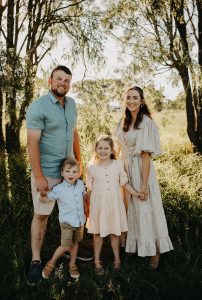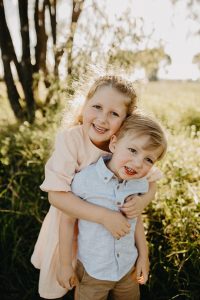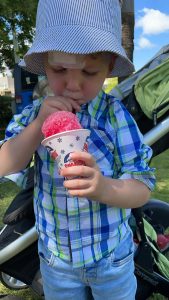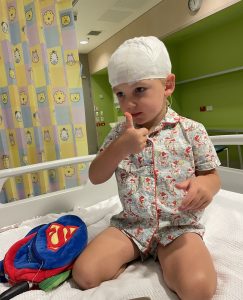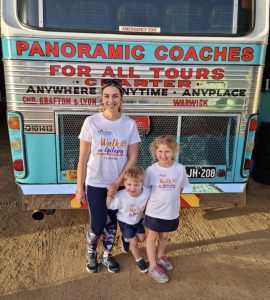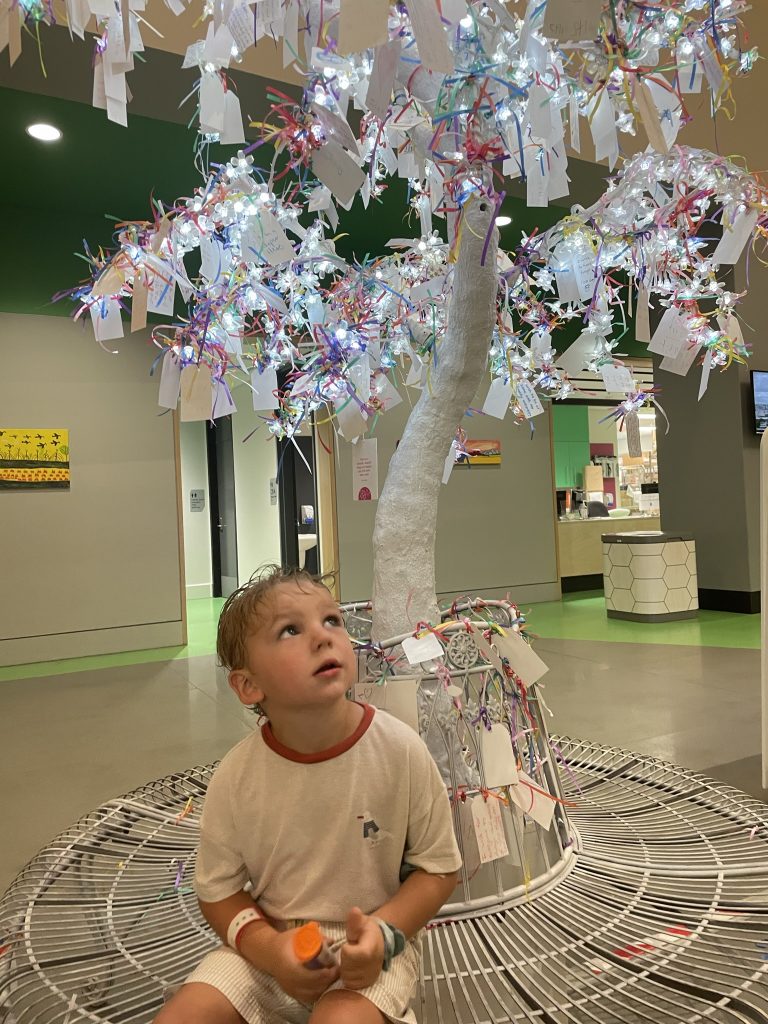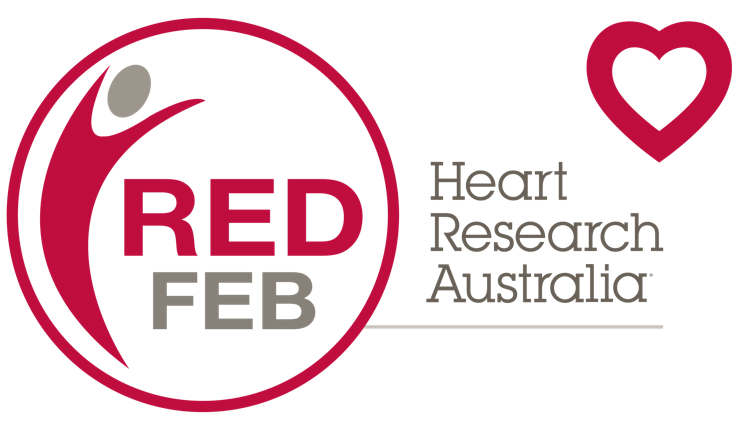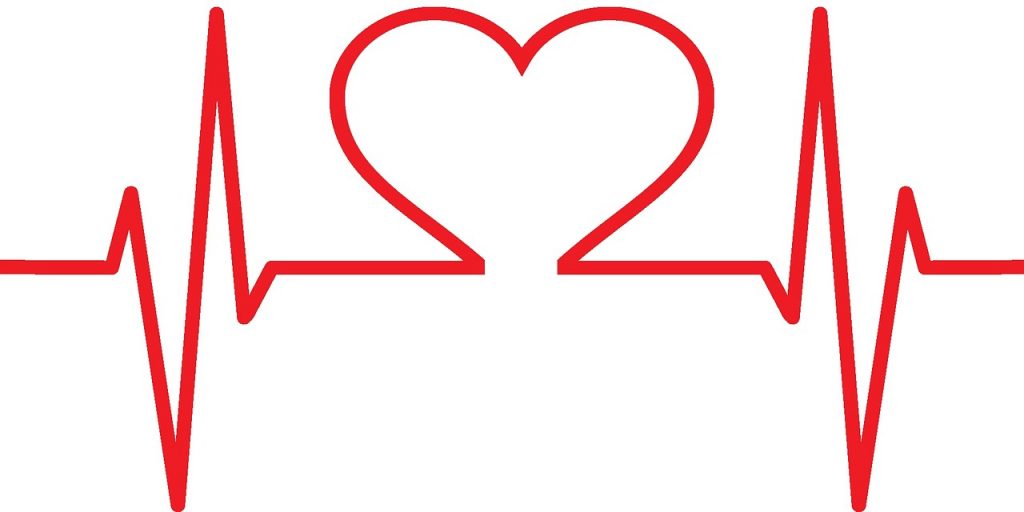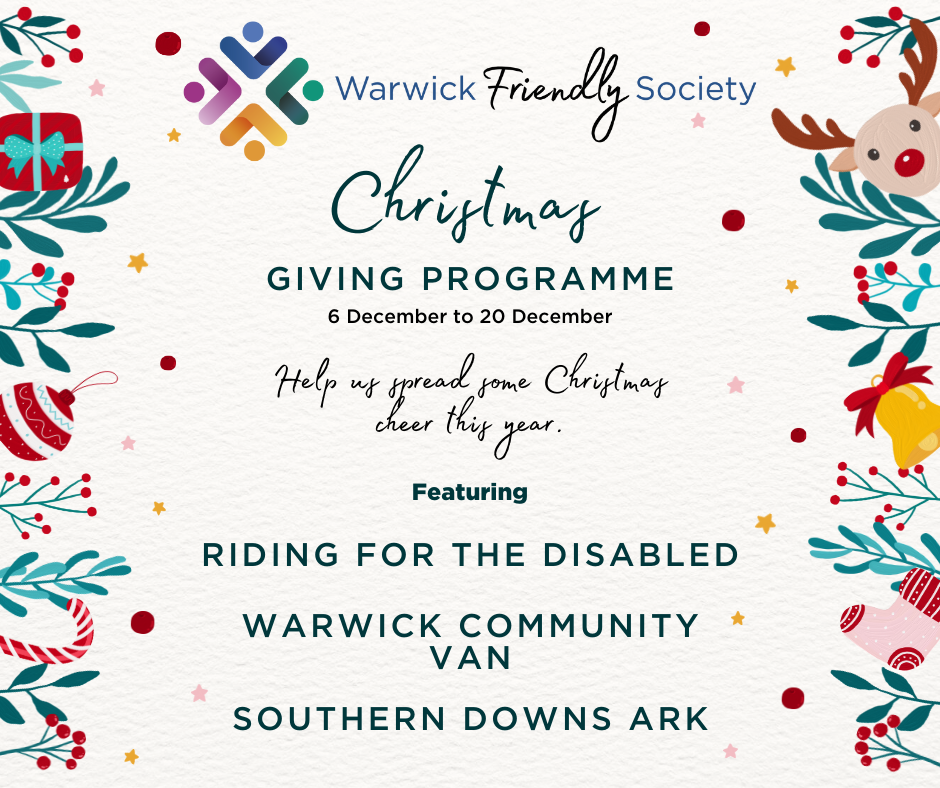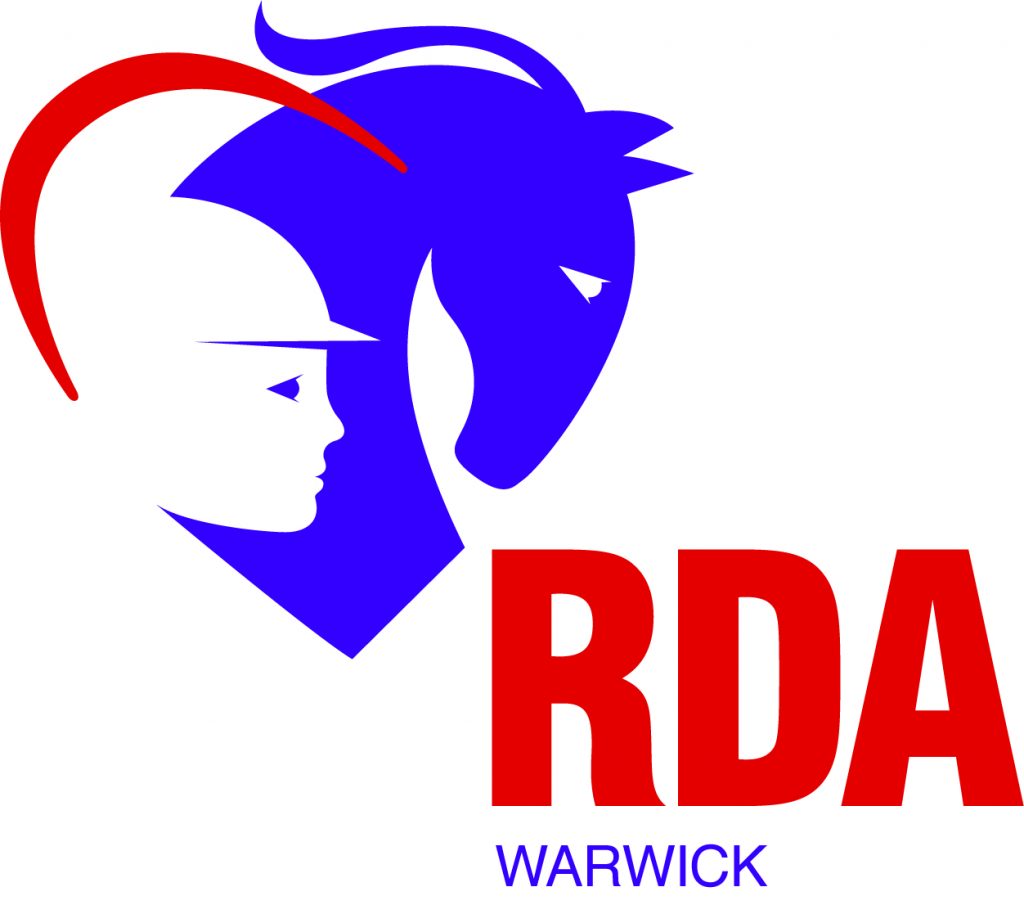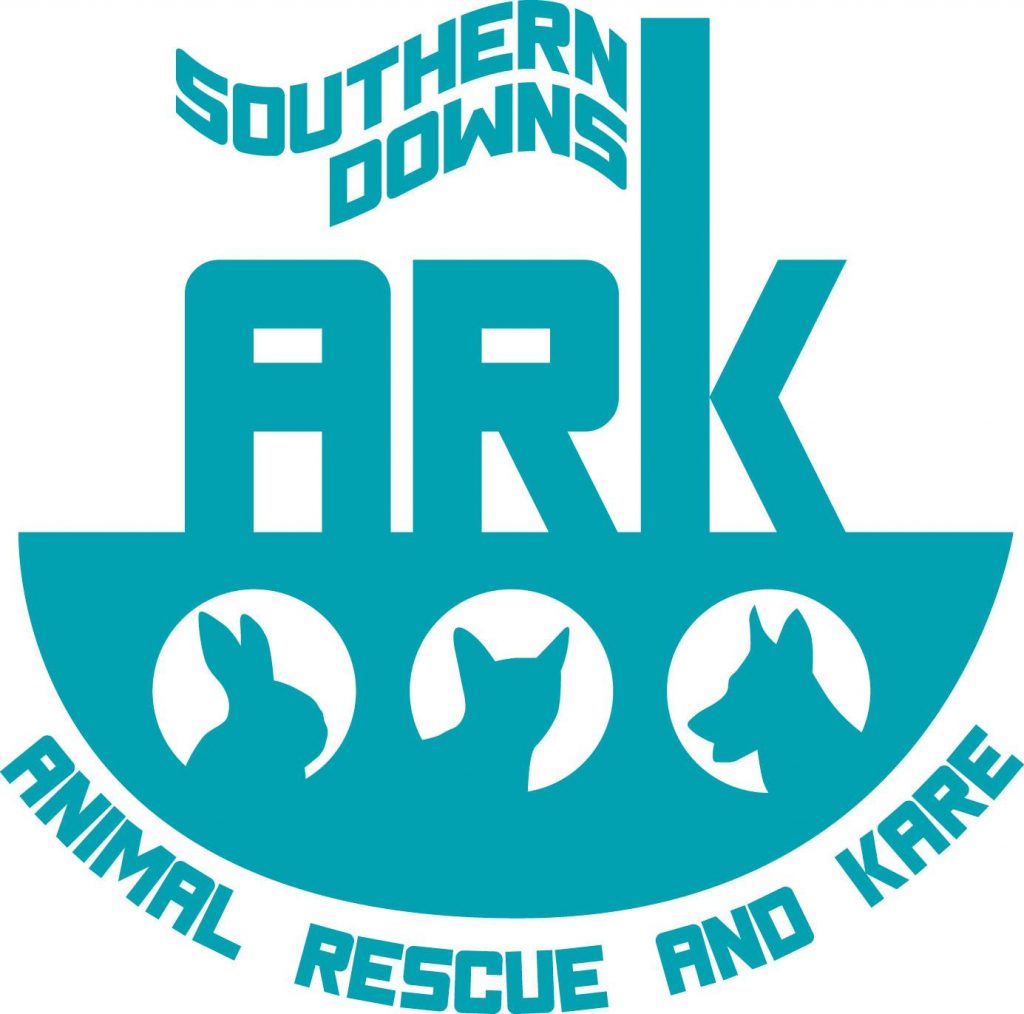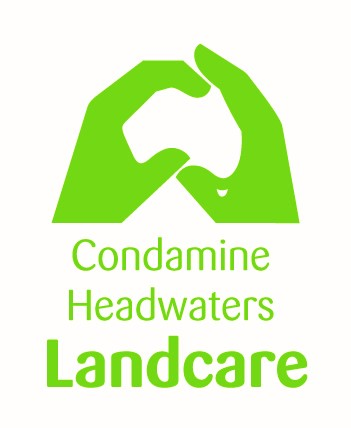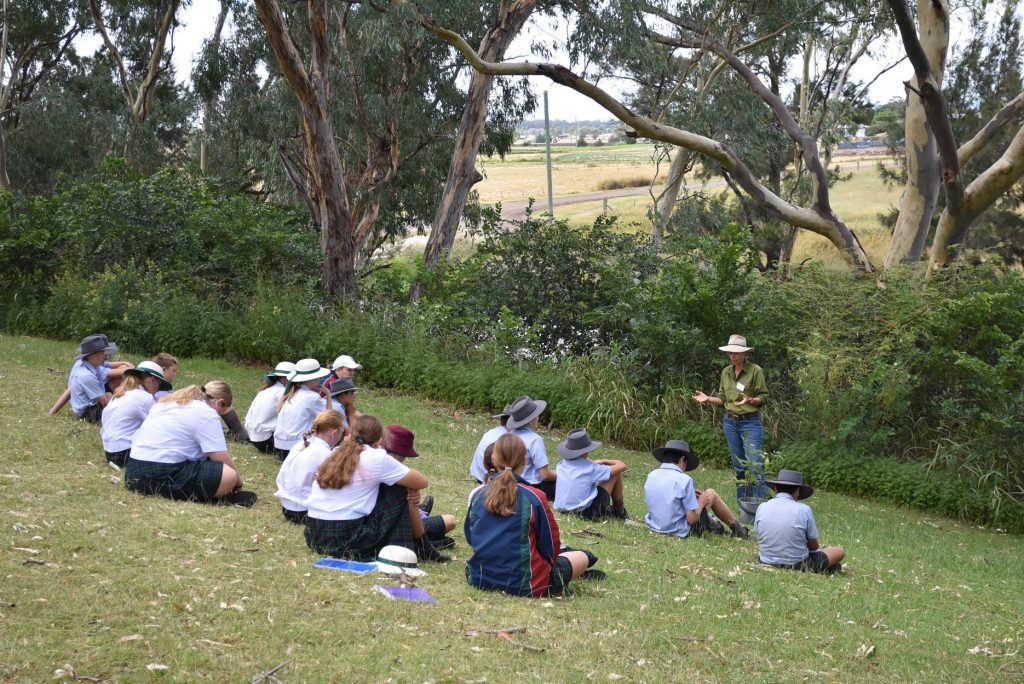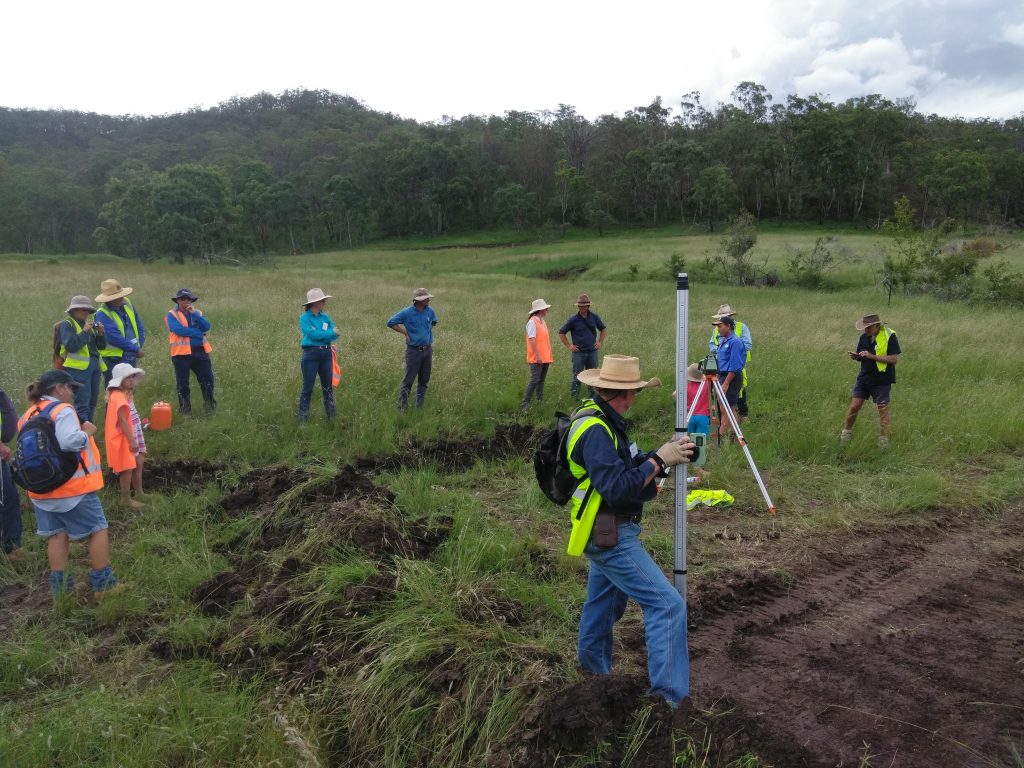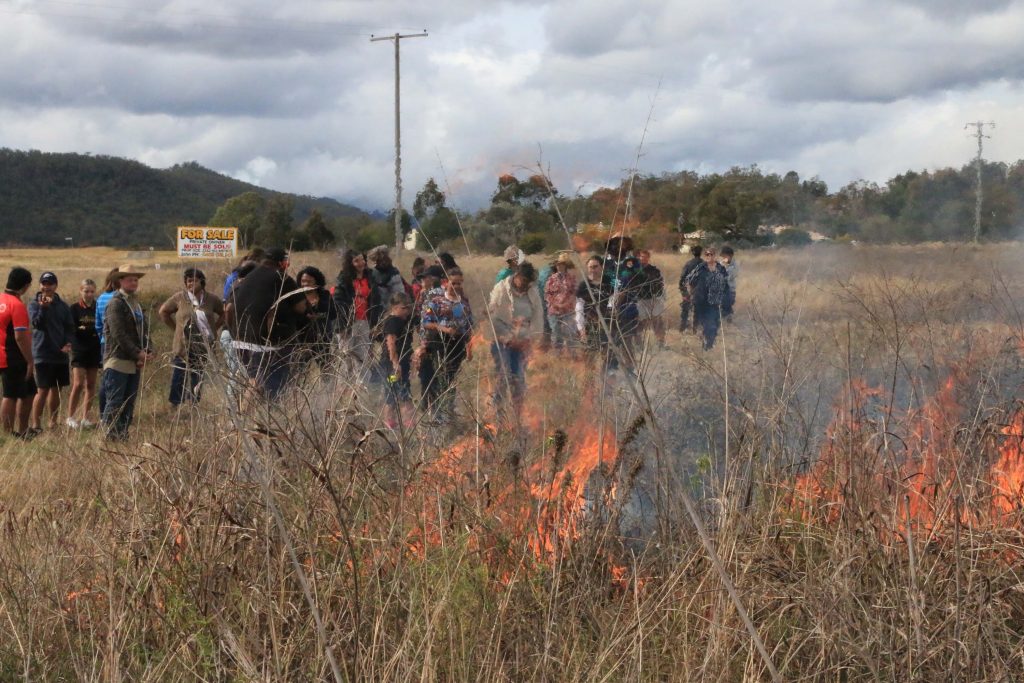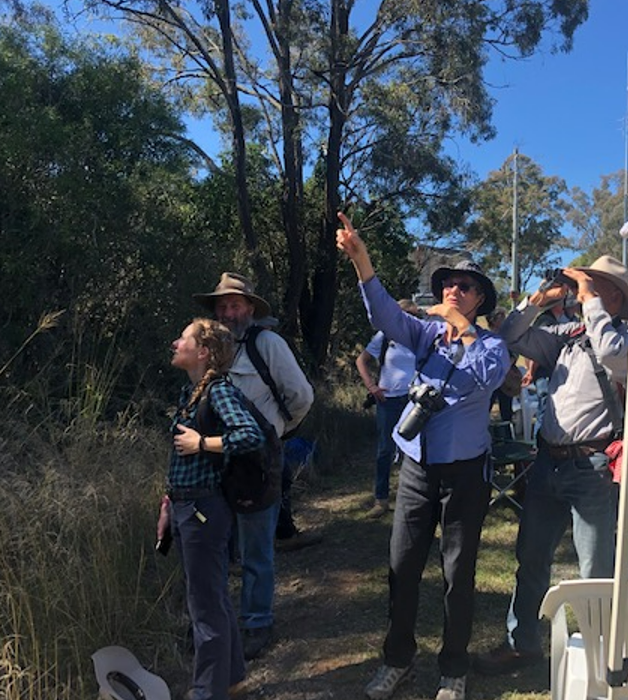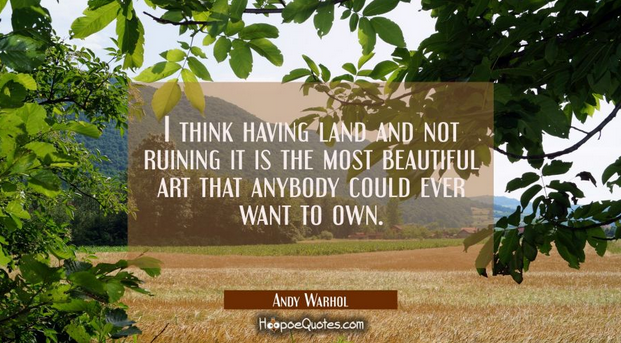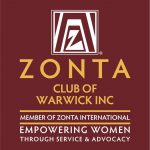March is Epilepsy Awareness month, and we reached out to a family that has been impacted by this medical condition.
Kayla Haidley has shared the journey her family is going through with Hamish, to help raise awareness around Epilepsy and how it can affect people of all ages.
Below is the story so far for little Hamish.
Every 33 minutes someone’s life is turned upside down by Epilepsy and they couldn’t have said it any better. Because that is exactly what happened to our darling little boy Hamish 14 months ago at the age of 2 years old. Consequently, our little family’s lives were also toppled upside down alongside him.
In early January 2021, after a fun day out in Toowoomba with his big sister Bella, I was woken by Hamish making a loud single cry. My intuition told me to get up, out of bed and check on him. That’s when I found him having a Tonic-Clonic Seizure (full fitting like you would see in the movies).
I quickly picked him up and placed him on the floor of his room and called 000 for an Ambulance. Hamish’s seizure lasted 10 minutes. The Paramedics arrived quickly and transported him to the Warwick Hospital where our week-long hospital stay began. After a few days Hamish got transferred to Toowoomba Base Paediatric Unit as he began to develop and show different seizure types. He was experiencing Atonic or Drop Seizures causing his whole body to uncontrollably go limp and Myoclonic Seizures where his body and limbs unknowingly twitch. The nature of these seizures meant Hamish was constantly injuring himself badly. The seizures were increasing daily requiring an MRI be conducted (which due to his age he had to be put under General Anaesthetic). Thankfully this test came back clear, however it was a Video EEG that showed seizure activity in Hamish’s brain and with that he was then given the diagnosis of Epilepsy. The Paediatric Doctors started him on medication straight away, little did we know then that this would just be the beginning of Hamish’s Epilepsy Journey.
It wasn’t until we got home from hospital that we realised just the true extent this medical condition can cause a person, not to mention a little 2-year-old. A spiral of ups and downs followed as Hamish was having up to 15 Atonic (drop) and numerous Myoclonic (twitching) Seizures every day. Sometimes these numbers would increase to almost “too many to count” depending on various seizure triggers. With this Hamish’s life was put essentially on hold, we saw the decline of our energetic adventurous little boy. He would easily become tired and lethargic (resulting in him having many naps during the day) struggle with his motor skills, appetite and even speech due to the seizures. The trauma his little body would suffer (mainly facial and head injuries from his Atonic seizures), such as putting teeth through his lips, bitting his tongue, chipping serval teeth, blood noses, displaced ribs, shoulders and countless cuts/bruises. This has resulted in several visits to the Warwick Hospital ED, a notable time was from a seizure in the bath and hitting is forehead right in the same spot he had hit continuously for days prior causing a big haematoma the size of tennis ball. The more severe occasions have required an ambulance as when Hamish gets sick his seizure threshold drops- causing his seizures to drastically increase, then back in early October Hamish had a big Atonic seizure resulting in him splitting his head open on a table. We felt helpless trying the best we could to learn as fast as we could to understand what he needed.
I quickly began researching all there was to know about Epilepsy through great organisations like Epilepsy Foundation Australia and Epilepsy Queensland. I also found information about how to care for Hamish and quickly identified triggers to his seizures within our home and daily life. Learning things like illnesses can cause his seizures to increase, the dangers of baths and swimming due to seizures also that his medication is based on a weight ratio and every time Hamish grows his medication needs increasing or else the seizures get worse again. Importantly a better understanding what Sudden Unexpected Death caused by Epilepsy (SUDEP) is. I also joined various Epilepsy Facebook groups that gave me a great platform to connect with other parents who have children with epilepsy.
As the months passed Hamish started developing regular Absence seizures on top of all his other seizures throughout the day. Hamish needed another Video EEG and from that was put on a second medication with the aim that the two Anti-Epileptic Drugs (AED) would work in gaining some control. There has been some light and the end of the very long tunnel though as his daily seizure count has dramatically dropped to 1—2 a day. Hamish’s Epilepsy is what they consider still “not controlled”, even after 14months of initially being diagnosed. Due to not gaining any seizure control despite being on two AED’s, in February 2022, Hamish finally got an appointment at the Neurology Clinic at the Queensland Children Hospital. During the appointment Hamish’s Neurologist and her team investigated if Hamish has a rare childhood epilepsy syndrome due to the nature of his seizures. To fully investigate this diagnosis Hamish was admitted to the QCH Epilepsy Monitoring Unit. During this admission he was put on a 24hour Video EEG for 5 days (in the hopes to capture any seizure activity) additionally he had a Lumbar Puncture with DNA and Genetic Blood Test. A follow up appointment is scheduled in a couple months to get the full report from the tests that were done. In the meantime, Hamish is having adjustments made to his medications.
It has now been 14 months and numerous tests; we still don’t have all the answers and we still don’t have a solid known cause or reason for why Hamish has Epilepsy. This highlights what it truly can be like living with Epilepsy. A lot of people don’t ever get a known cause as to why they have Epilepsy. There is no cure for Epilepsy and some seizure types aren’t controlled through medication (just like our Hamish). It’s very important to identify that Epilepsy is very vast and different person to person diagnosed. Many children and adults respond very well to medications and that is a truly wonderful achievement.
However, it’s also important to know that for a lot of children and adults, it really isn’t that simple. If you met our darling boy Hamish today, he would easily come across to be like an everyday busy, energetic, happy-go-lucky 3year old. While he really is all those things, he also lives with Epilepsy and battles seizures every single day! He is definitely a little warrior – a Epilepsy Warrior as they are called in the Epilepsy community. Through all this Hamish has shown strength I didn’t know was possible for such a little person. Not to mention his resilience to adapt and continue to not just survive but thrive. Now that Hamish’s seizures are happening less throughout the day, he is gaining his ‘old self’ again and his daily energy is increasing slowly, he is finally able to catch up on his missed milestones.
I do often say that our situation is a blessed one in a way. As Hamish and our little family live in a community where we have amazing medical care and support. All our extended family and friends are only minutes away meaning Hamish (and our little family) receives so much love and support. Which I feel is just as important as gaining seizure control for little Hamish’s future and quality of life. Just last year in October I joined up to do the Walk for Epilepsy (another great fundraiser and awareness the whole of Australia participates in for Epilepsy) and along with Hamish’s big sister Bella, Aunties Danika and Madelaine and a very dear friend of mine, Sam.
These amazing women joined me in the “HHH Crew” and collectively raised over $3,700 and walked over 469km all for Epilepsy Queensland who use the funds for research and to support the epilepsy community. We have such an amazing village around us that have shown Hamish and our little family so much love and support through this topsy-turvy time, we will be forever grateful to those amazing souls.
It’s so important that Epilepsy awareness is raised and journeys like Hamish’s are shared, to show exactly what it’s like having to live with a diagnosis like Epilepsy. It’s staggering just when you look at the statistics – how many people (of all ages and cultures) live with and are affected by this medical condition. It’s also important that Epilepsy Foundations receive donations and funding so that they have the continuous ability to work towards better research and support systems for those who are living with Epilepsy, for their futures and future generations of epilepsy warriors. So please even if it’s just sharing Hamish’s story, starting a conversation, donating/giving as little or much as you can, it all matters! Because its true what they say, every little bit counts!
If you are ever unfortunate enough to witness one of Hamish’s seizures or as we call them “not a very good day” you will then see just how hard he has fought and fights every single day. And coming from a mother’s eyes watching one of my babies now growing and living his life with Epilepsy, it is a mixture of tears and heartbreak; but also pride and amazement of just the resilience, strength, fight and courage Hamish has. And for that Hamish will always be our Little Hero.
-We don’t know how strong we are, until being strong is the only choice we have-
-Always be kind, you never know the silent battles others are fighting-
